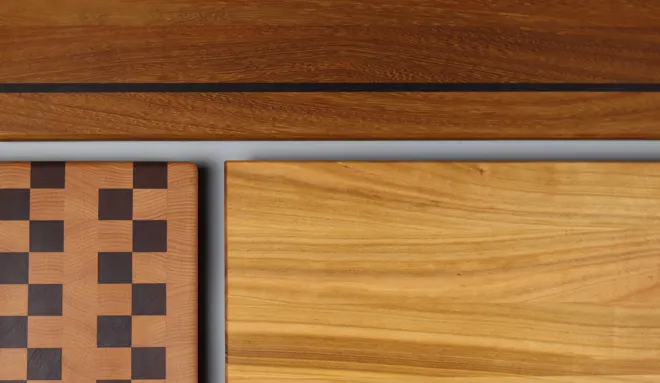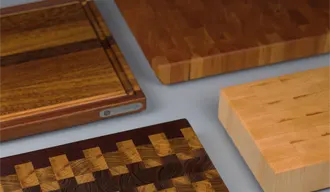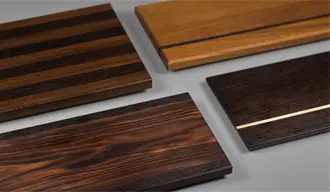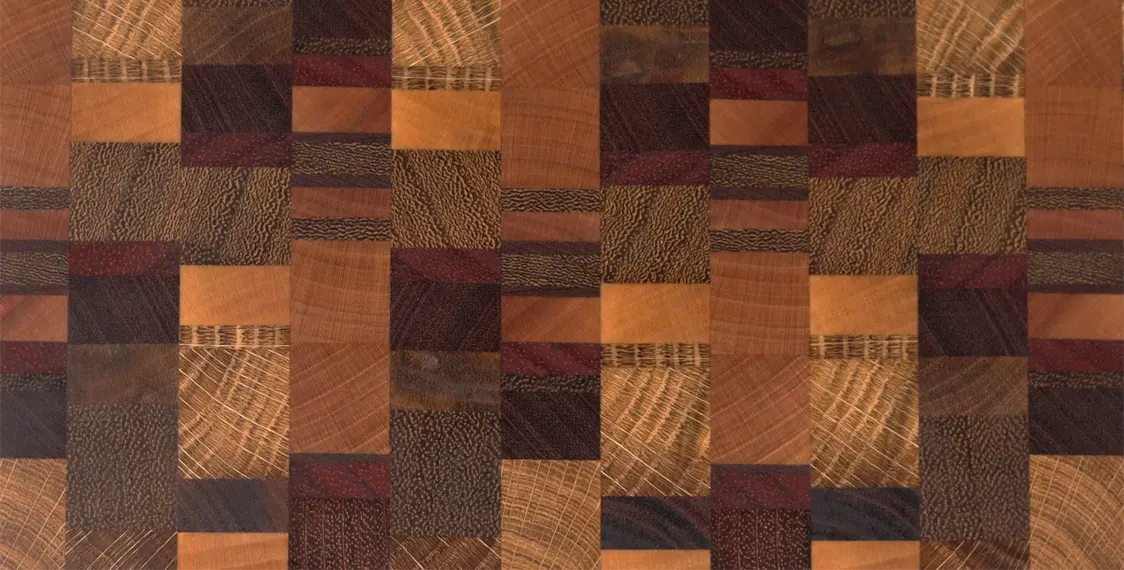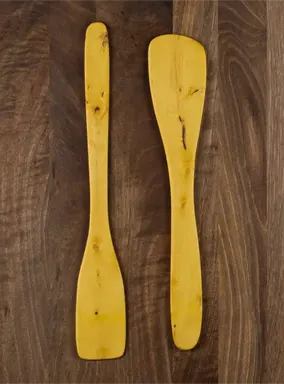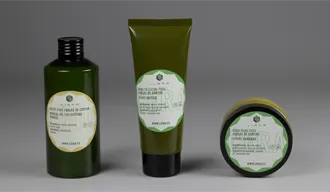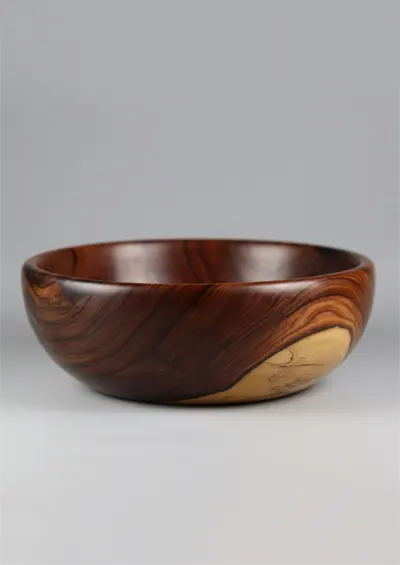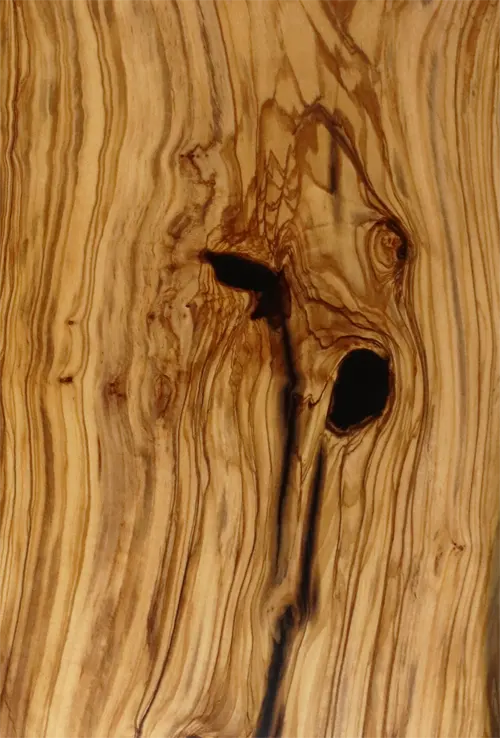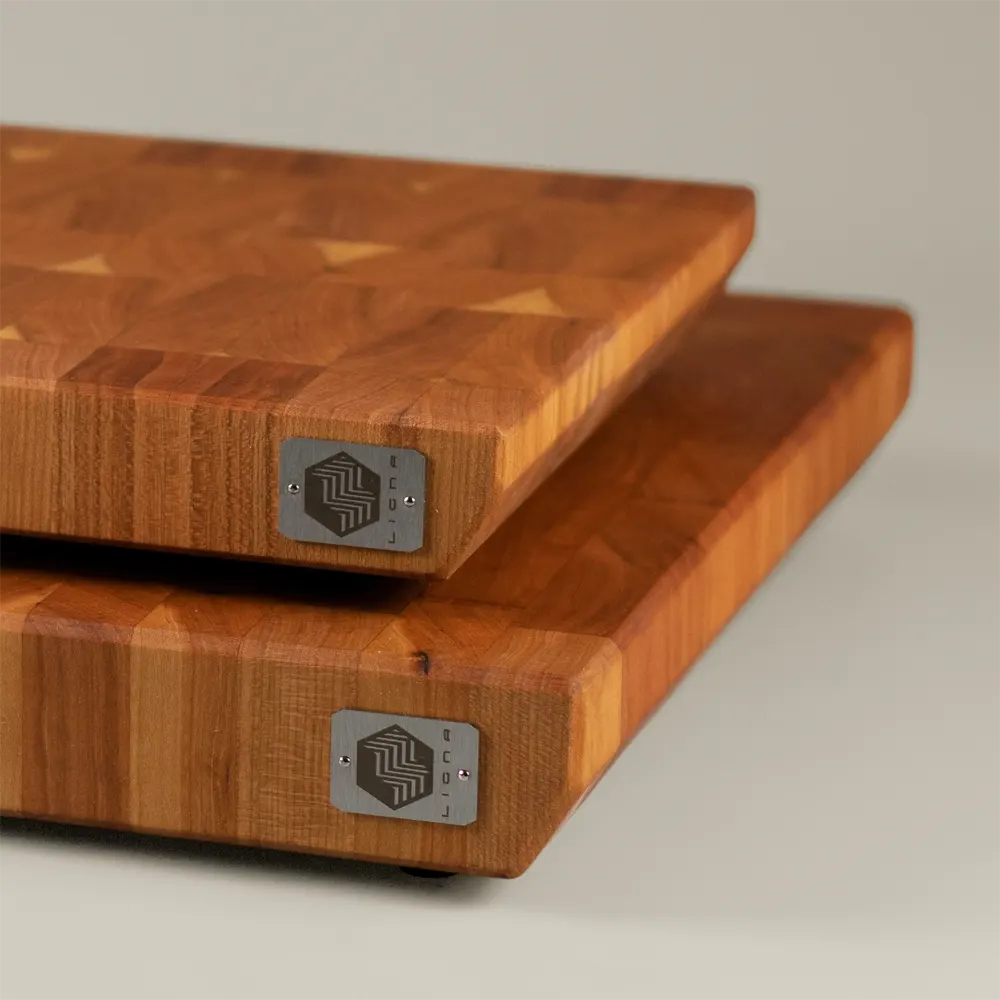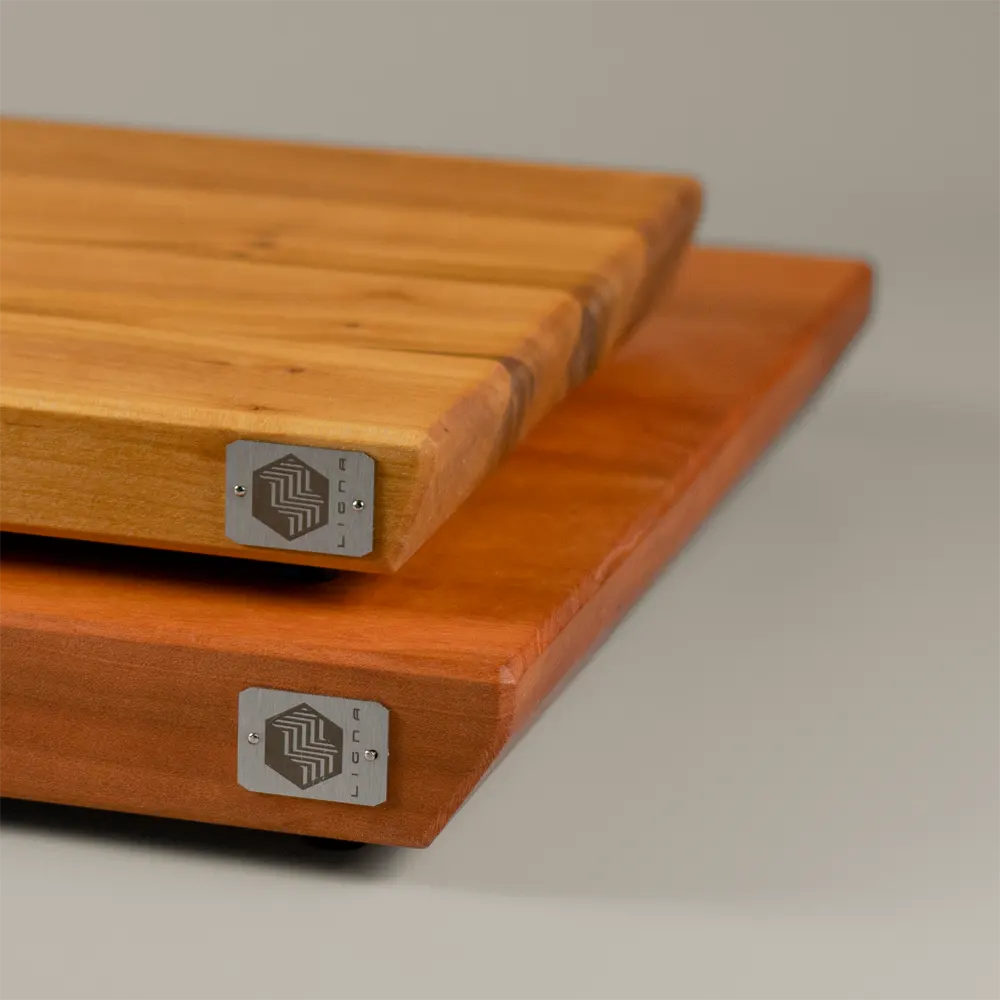Cherry Wood: Uses and Characteristics
Cherry wood is one of the most prized hardwoods in carpentry and cabinetmaking, both for its natural beauty and its physical properties.
This type of wood, which comes from Prunus avium or wild cherry, is known for its warm color and durability.
Used in the manufacture of high quality furniture, musical instruments and kitchen utensils, cherry wood stands out for its versatility and elegance.
In this article, we analyze the main characteristics of this wood and its most common uses.
What is Cherry Wood?
Cherry wood comes from the cherry tree, a tree native to Europe and North America.
Its color varies between a light reddish brown when freshly cut, which darkens with time and exposure to light, acquiring a rich golden or mahogany hue.
Its texture is fine and uniform, with a straight grain that often presents a smooth and attractive pattern, making it ideal for projects that seek an elegant and sophisticated finish.
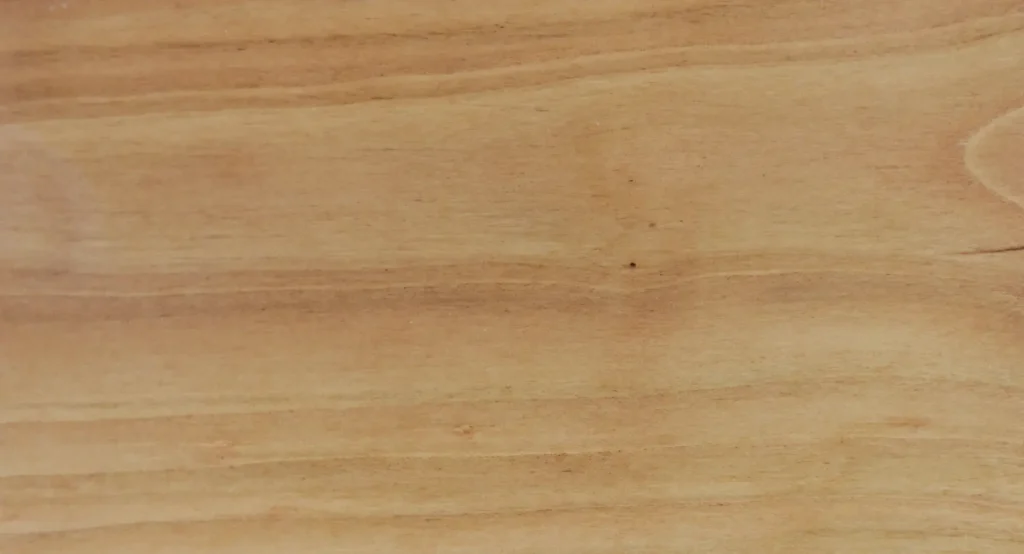
Characteristics of Cherry Wood
Density and hardness:
Cherry tree wood is a medium density wood, with an average density of 580-620 kg/m³. This gives it a perfect balance between workability and strength, making it suitable for both decorative works and products that require greater durability.
Natural Aesthetics:
The warm color and soft grain of cherry wood make it one of the most aesthetically appealing woods. Over time, cherry develops a natural patina that intensifies its color and gives it an aged and sophisticated appearance.
Ease of Work:
Thanks to its fine grain and homogeneous structure, cherry wood is easy to work with. It is easy to cut, sand and polish, resulting in smooth, shiny surfaces. It also responds well to finishes such as varnishes or oils, which further enhance its natural beauty.
Durability and Resistance:
Although not as hard as other woods, cherry wood is tough enough to withstand daily use in furniture and kitchenware. However, it is not ideal for outdoor applications due to its moderate resistance to weathering and moisture.
Uses of Cherry Wood
Kitchen Utensils and Cutting Boards made of cherry wood
Cherry wood is popular in the manufacture of kitchen utensils, including cutting boards, bowls, and spoons. Its durability, combined with its low porosity and ability to resist liquid absorption, makes it suitable for these products, provided it is properly cared for.
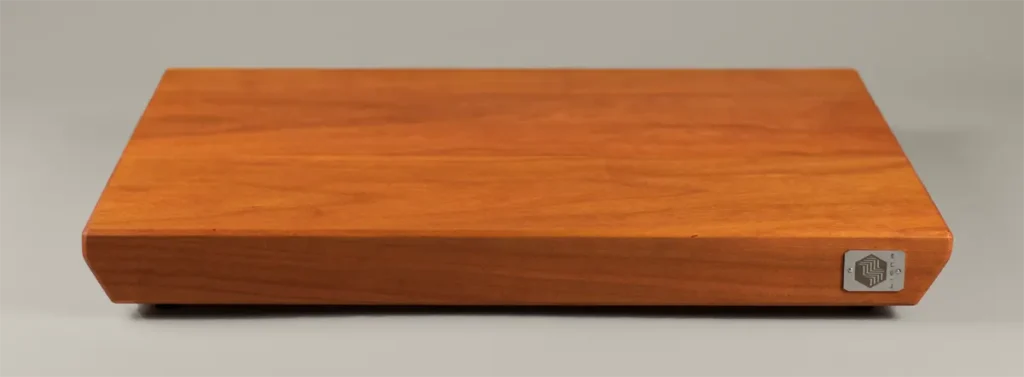
We highlight the use of cherry wood in cutting boards for the use of Japanese high-carbon steel knives, which, due to their high hardness and sharpness, tend to dent easily when cutting on conventional hard materials such as bamboo, plastic or any grain cutting board.
High Quality Furniture
One of the most common uses of cherry is in the making of fine furniture. Because of its attractive color and ability to be finely worked, cherry is used in tables, chairs, cabinets, and other decorative furniture. In addition, the patina it develops over time provides added aesthetic value.
Musical Instruments
Cherry wood is also used in the manufacture of musical instruments, especially for pieces that require a warm, resonant tone.
Its dimensional stability and ability to maintain its shape under stress conditions make it a reliable choice for fretboards, guitar bodies and other components.
Decorative Carpentry:
The warm color and workability of cherry wood also make it a popular choice for decorative details, moldings and interior paneling.
The smooth grain and polished finish that can be achieved with cherry make it ideal for projects that require an elegant finish.
Technical characteristics of cherry wood
| Property | Approximate value |
|---|---|
| Scientific name | Prunus avium (european), Prunus serotina (american) |
| Density | 560–620 kg/m³ (at 12% humidity) |
| Janka hardness | 950 lbf (4.230 N) |
| Monnin hardness | 3.2–4.3 (semi-hard wood) |
| Flexural strength | 850–980 kg/cm² |
| Compressive strength | 490 kg/cm² |
| Tensile strength | 980–990 kg/cm² |
| Modulus of elasticity | 102.000–105.000 kg/cm² |
| Radial contraction | 3,7% |
| Tangential contraction | 7,1% |
| Dimensional stability | Good (volumetric shrinkage coefficient: 0.38%) |
| Drying process | Easy and fast; risk of roofing |
| Ease of work | Good; easy to saw, plane and finish |
| Natural durability | Moderate; susceptible to fungi and insects |
Cherry Wood Advantages and Considerations
Advantages:
- Attractive Aesthetics: The warm color and soft veins of cherry make it ideal for projects that seek an elegant and sophisticated finish.
- Ease of Work: The fine structure and straight grain of cherry makes it easy to cut and polish, making it an excellent choice for detailed work and fine furniture.
- Natural Patina: Over time, cherry wood acquires a patina that deepens its color and adds a sense of age and authenticity to the products.
- Dimensional stability: It is one of the most dimensionally stable of the common European woods, making it ideal for the manufacture of cutting boards.
Considerations:
- Limited Outdoor Use: Cherry wood is not particularly resistant to weathering, so outdoor use should be avoided unless a suitable protective treatment is applied.
- Cost: Because of its beauty and versatility, cherry wood can be more expensive than more common woods such as beech or birch, but its aesthetics and durability usually justify the investment.
Conclusion
Cherry wood is an outstanding choice for those seeking a combination of aesthetics, workability and durability in their cutting boards.
Whether in high-end furniture, kitchenware or decorative details, cherry brings a natural beauty that intensifies over time, making it an excellent choice for projects that seek long-term elegance and functionality.
Our products with cherry wood
-

Pura
Cherrycherry butcher block
Price range: € 100,00 through € 425,00 -

Linea
Cherrycherry cutting board
Price range: € 65,00 through € 305,00
FAQ: Frequently Asked Questions About Cherry Wood
What is cherry wood and why is it valued?
Cherry wood, from species such as Prunus avium (European) and Prunus serotina (American), is appreciated for its reddish hue, decorative grain, and ease of work, making it ideal for furniture and interior decoration.
What are the main uses of cherry wood?
It is used in the manufacture of high-quality furniture, end-cut cutting boards and musical instruments.
What technical characteristics stand out in cherry wood?
It is a semi-hard wood with a density between 560 and 620 kg/m³, Janka hardness of approximately 950 lbf (4,230 N) and good dimensional stability, suitable for various structural and decorative uses.
Is cherry wood good for outdoors?
It has good dimensional stability indoors, but is not recommended for outdoor use without proper treatment, as it is susceptible to fungal attack and moisture.
Is cherry wood easy to work with?
Yes, it is known for its ease of work, allowing clean cuts and smooth finishes, ideal for detailed carpentry and fine cabinetmaking.
What are the differences between the European and American cherry trees?
The European cherry (Prunus avium) is denser and more resistant, with a lighter and more uniform tone, while the American cherry (Prunus serotina) is slightly lighter, with a darker color and more pronounced veins.
Otras entradas del blog
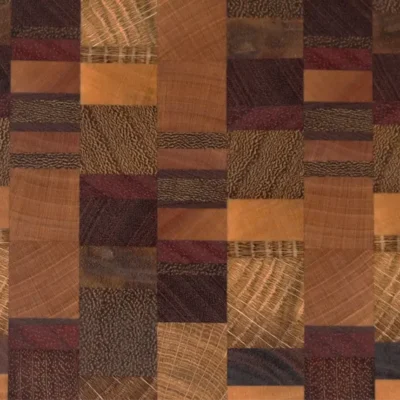
Types of kitchen board design
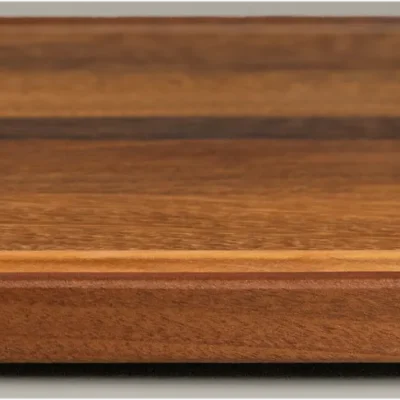
Meat cutting board: which wood to choose
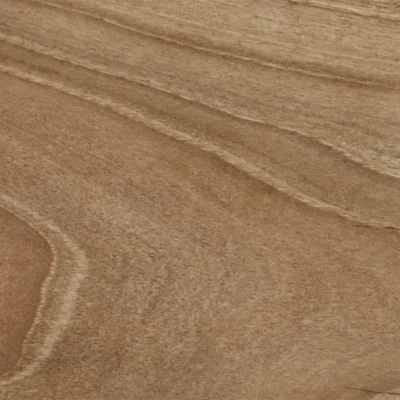
What are hardwoods?
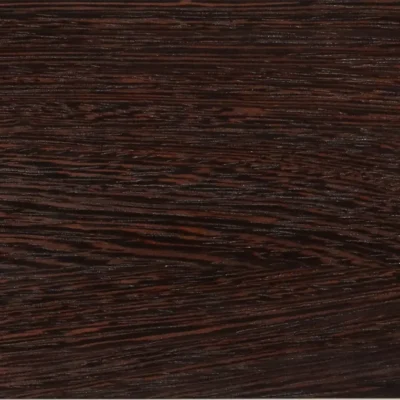
Wenge Wood: Uses and Characteristics
Nuestras tablas de cortar:
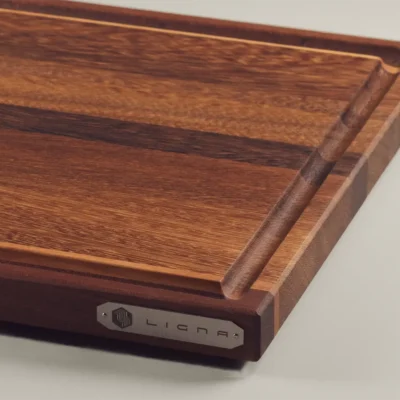
Chroma
large carving board
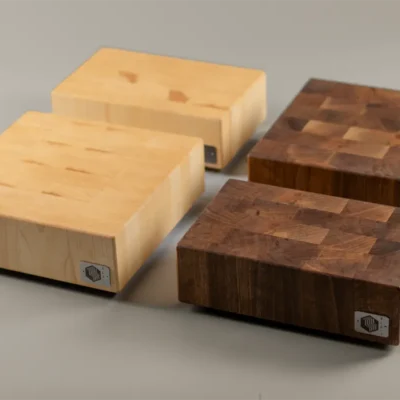
FORTIS
small chopping board
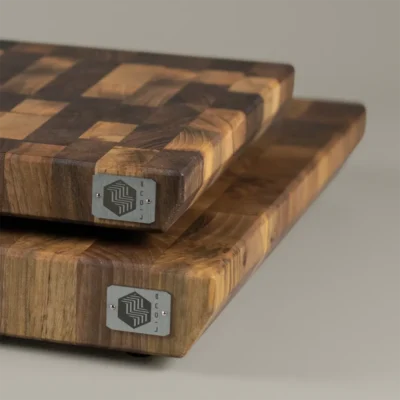
Pura
Walnut walnut butcher block
(copia)
Pura
Walnutwalnut butcher block
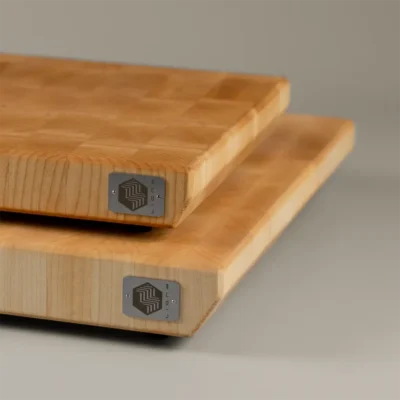
Pure
Maple maple butcher block
Pure
Maplemaple butcher block
